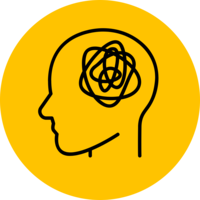Mister Osteoporosis and Miss Osteoporosis Hong Kong (Mr. OS & Ms. OS Hong Kong)
The Mr. OS & Ms. OS study aims to examine the determinants of osteoporotic fractures in older Chinese men and women. Between 2001 and 2003, the study recruited and assessed 2,000 male and 2,000 female participants aged over 65 years from communities in Hong Kong. Participants have been followed up four times since baseline: 2 years after baseline, 4 years after, 7 years after, and the latest follow-up between 2015 and 2017, 14 years after baseline. Additionally, participants are followed up via telephone every 4 months. Over 1,000 participants remain in the study, and data on the spouses of the remaining subjects are now being collected, with over 30 spouses included in the latest follow-up.
Study design
Cohort
Number of participants at first data collection
4,000 (participants)
Age at first data collection
≥ 65 years (participants)
Participant year of birth
Varied (participants)
Participant sex
All
Representative sample at baseline?
No
Sample features
Countries
Year of first data collection
2001
Primary Institutions
Chinese University of Hong Kong (香港中文大學, CUHK)
Profile paper DOI
Funders
Chinese University of Hong Kong (香港中文大學, CUHK)
Health and Health Services Research Fund (now known as Health and Medical Research Fund, HMRF)
Hong Kong Research Grants Council (RGC)
National Institutes of Health (NIH)
National Natural Science Foundation of China (国家自然科学基金委员会, NSFC)
Ongoing?
Yes
Data types collected


- Activity log (e.g. food, sleep, exercise)
- Computer, paper or task testing (e.g. cognitive testing, theory of mind doll task, attention computer tasks)
- Interview – face-to-face
- Interview – phone
- Physical environment assessment (e.g. pollution, mould)
- Physical or biological assessment (e.g. blood, saliva, gait, grip strength, anthropometry)
- Secondary data
- None
- None
- Geographic, spatial & environmental data
- Healthcare data
- Mortality data
Engagement
Keywords



